This post may contain affiliate links. If you make a purchase through a link, I may receive a small commission, at no cost to you. These commissions help keep this website up and running, and I thank you for your support. Read my full disclosure here.
Disclaimer: This is not a sponsored post, I paid for this trip myself. All recommendations and opinions are my own.
Please note: The vineyards the tour visits can vary from tour to tour.
When I was planning our holiday to Lanzarote, I was very excited to discover that they produced wine on the island. Lanzarote experienced massive volcanic activity during the 1700’s which left the island covered in volcanic rock, so I was keen to discover how they managed to grow grape vines in such extreme conditions.
I love a good wine tour (much safer than driving yourself), so I booked a small group tour with Wine Tours Lanzarote. They offer a range of tours, including wine and craft beer. I chose their 4.5 hour wine tour which included a visit to three vineyards, the opportunity to enjoy some local goats cheese, and a traditional Canarian tapas lunch.
Leading up to our tour, the communication with Wine Tours Lanzarote was excellent. As arranged, they arrived at 10am outside our apartment to collect us and another party who also happened to be staying in our building. In total, we were a small group of 8 and after a quick introduction to our friendly Spanish tour guide, Anita, we all piled into the van for our wine tour.
Bodegas Rubicón

The vineyards are only a short drive from Playa Blanca. I was captivated by the dramatic black volcanic landscape with the vines adding pops of vivid green. The first vineyard we stopped in was Bodegas Rubicón, a centuries-old estate dating back to 1570. It is quite high up the mountain so was rather cold outside. Make sure you bring a warm coat if you are visiting in the cooler months like we were.
Our tour guide Anita, took us out to the vineyard to get a closer look at the grape vines to learn more about how they produce wine in this harsh climate. Lanzarote is covered in volcanic rock, so in order to plant the vines, they must dig down past the volcanic ash known as ‘picón’ to get to the nutrient rich soil. Each vine is planted in its own deep pit, with some vines planted as deep as 3 metres. Although it doesn’t rain very much in Lanzarote, the soil is able to retain its moisture for a long time under the protection of the picón. However, the famous Trade Winds are very persistent in Lanzarote, so the pits also act as a shelter. The vines are further protected by a small rock wall or ‘soco’, which is hand built around each plant. Small gaps are left in the rock wall so that a breeze can still pass over the vine to prevent mildew forming, a common problem in this climate.
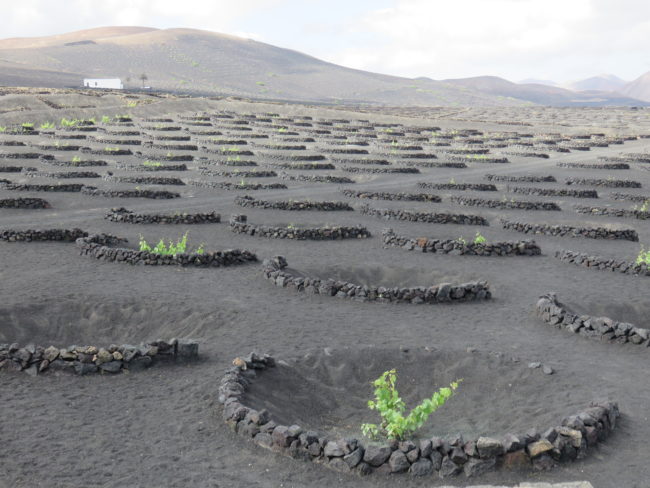

The rows of vines sitting deep in their pits, surrounded by a soco, create a very distinct feature across the landscape. Unlike normal vineyards, where the vines are espaliered along wires, the vines are allowed to grow naturally. In order to protect themselves from the wind, they grow low along the ground.
As you might imagine, they produce much less wine here compared to your typical vineyard – they plant about 3000 vines to the hectare, which is a very small amount when you compare it with areas of France where they can support up to 10,000 vines per hectare. I was very happy to hear that they use organic methods and only apply powdered sulphur (not to be confused with sulphur dioxide) to the vines to prevent mildew. The hot days and cool nights help to develop a good balance of acidity and sweetness, making for a very easy drinking wine.
In the courtyard of Bodegas Rubicón is an old underground water well (now empty) which you can walk down into. They have laid a glass floor at about mid-depth and you can walk out onto it to look down into the depths of the well. They use it as a boardroom now, I imagine it must be quite nerve wracking for some people to have to sit through a meeting atop the glass.

The original house is open to visitors and Anita took us on a tour through the historic home and then into the tasting room. I liked how the tasting room walls were lined with very old (apparently undrinkable) bottles of wine. Beside the tasting room is an old pressing room where they pressed the juice out of the grapes. The floor is designed to act as a big basin with an outlet to drain the juice into the barrels.
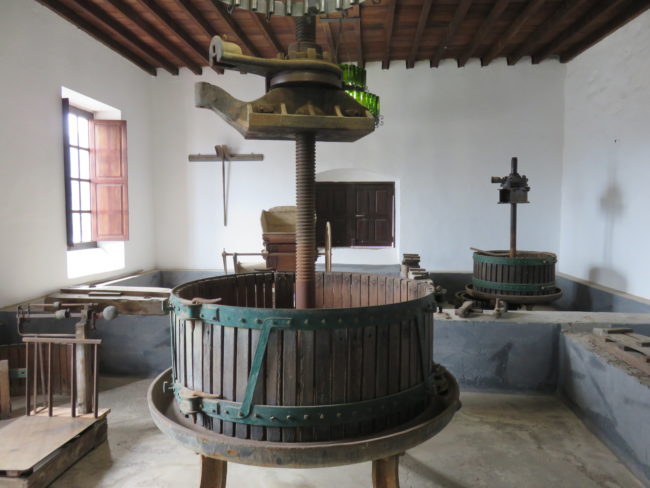
We enjoyed tasting a white wine that had been stored for a short period in French oak barrels. I don’t usually like French oak, but as it had only been barrelled a short time, it didn’t have as strong a taste so I actually quite enjoyed it. We then tasted a red wine which was a bit too sweet for me, and then finished our tasting with a lovely sweet Muscatel which was perfect for drinking at dessert. The wines were so cheap – I was expecting it to be much more expensive. The pours were generous compared to the wine tasting we did in Bordeaux.
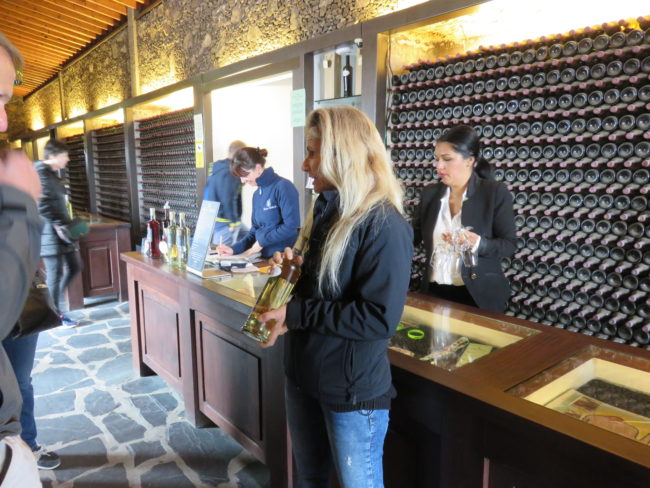
Vinos El Tablero
Our final vineyard was Vinos El Tablero. They have a restaurant here and this is where we were scheduled to enjoy our traditional Canarian tapas lunch. When we arrived our table was set up for us with a tasting of their white and red wines. After tasting both, we got to choose a glass of our favourite to enjoy with our meal. I really enjoyed their white wine, it was so light and smooth. It made for very easy drinking so we purchased a bottle. Again, the prices were very reasonable.
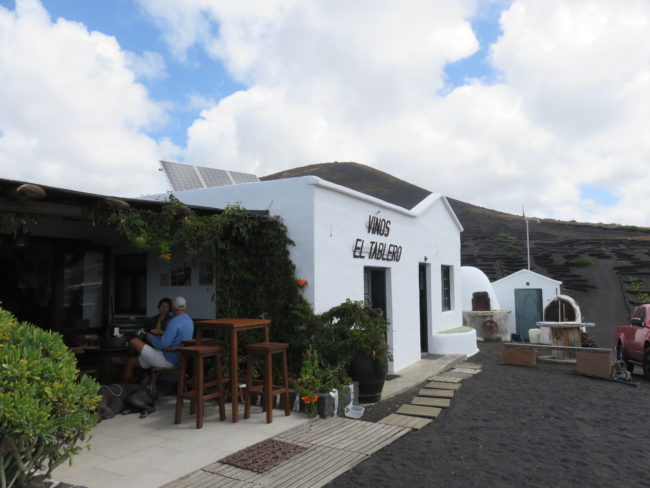
We enjoyed several tapas dishes including potatoes and a bean and pork dish. Our meal gave our group the opportunity to get to know each other better and to reflect on our wine tasting experience. I could happily of continued on to another vineyard or two, but alas, our tour had come to an end. However, we did meet up again with our fellow wine tour companions to enjoy tasting some more delicious local wines before our holiday came to an end.
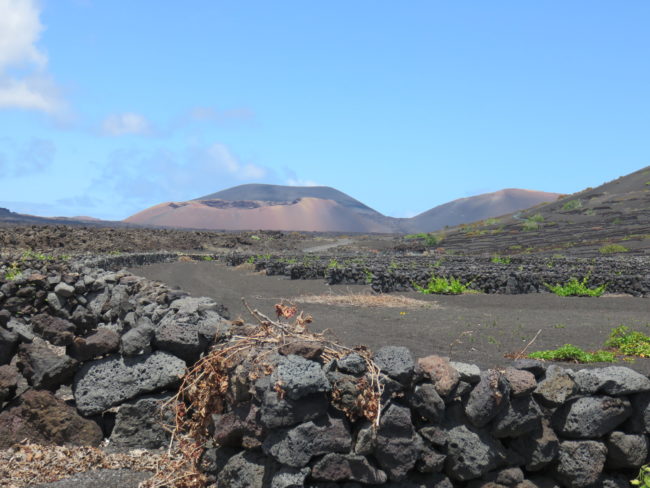
Unfortunately, I only had hand luggage so couldn’t take any wine home with me. But whilst I was in Lanzarote, I certainly enjoyed drinking as much local wine as I could manage! Alongside the wine we had purchased from the vineyards, we also enjoyed Lanzarote wine at all of the restaurants we visited and also bought some Bodega La Geria (a large vineyard) wine from the local Spar supermarket.
Alongside my photos, I thought I would leave you with a video from Wine Tours Lanzarote so you can see what to expect on their half-day wine tour.

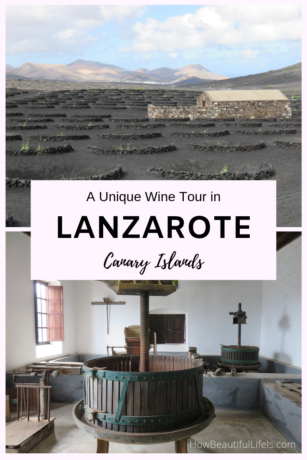

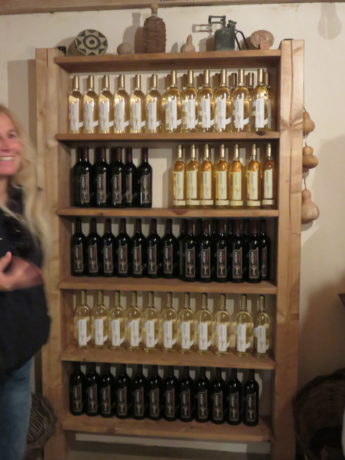
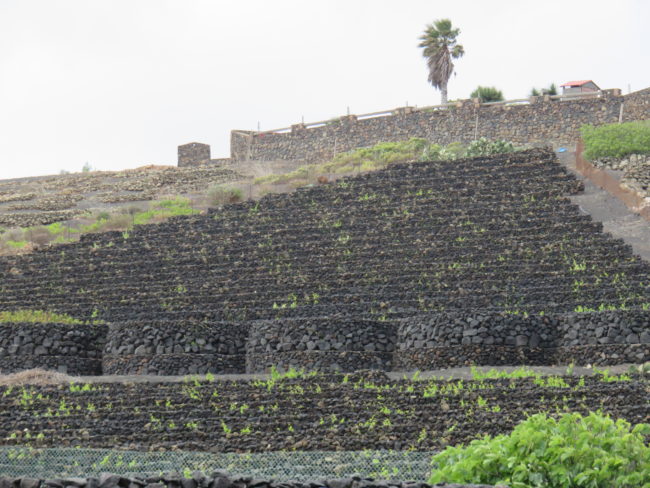
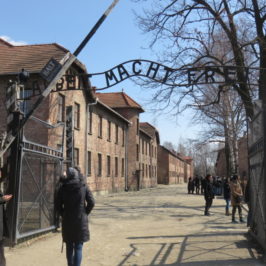
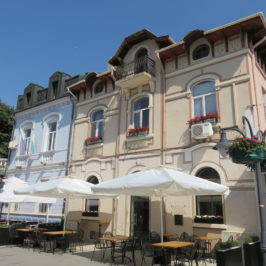
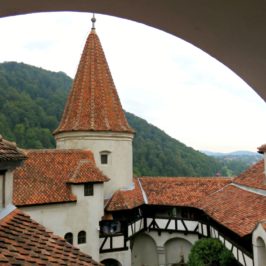

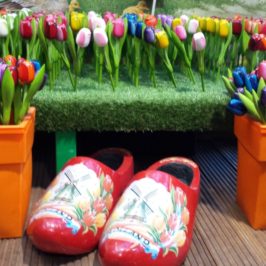
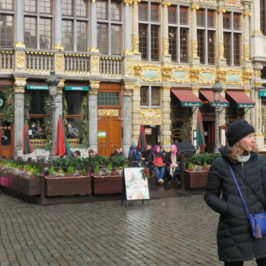
Leave a Reply